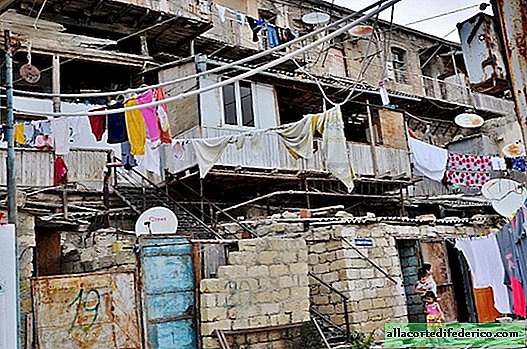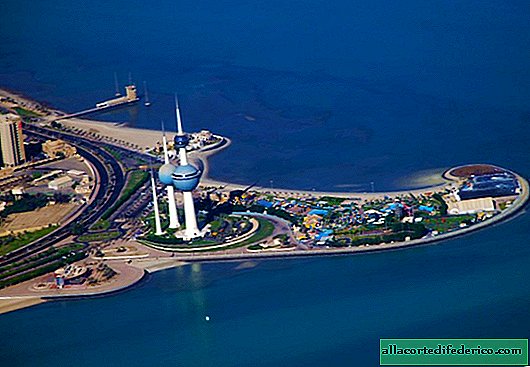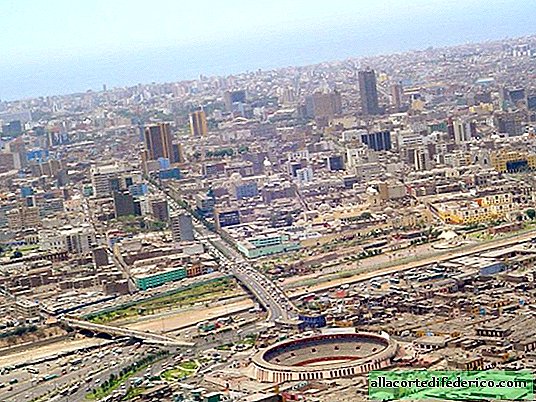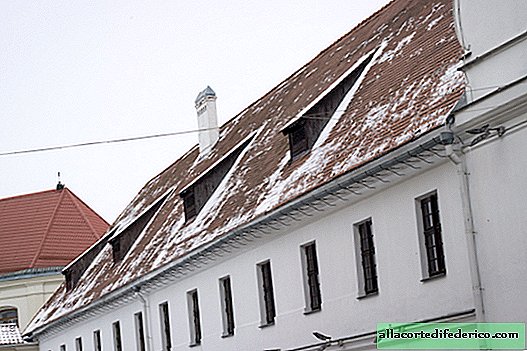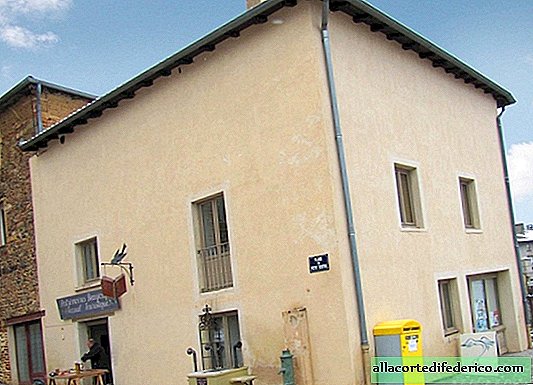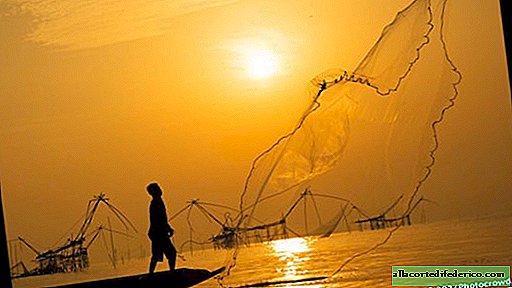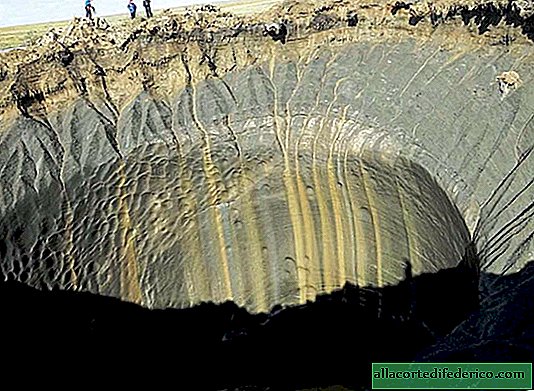How to deploy aircraft
What is the preparation of the aircraft for departure? This is a pit stop in Formula 1 and an apartment after a party half an hour before the parents arrive in one bottle. Dozens of specialists, services, units and mechanisms in just a few minutes have time to fill the liner with fuel and water, clean the interior, load luggage and food and check the technical condition. And all this is called handling.
Handling (from the English. Ground handling) - ground handling flights.
Such a hurry in work is not a whim, but economic predetermination. A plane makes money when it is in the air, when it is on the ground, it spends this money. The less time the board spends on the ground, the more it is in the air, which means it brings more profit. The time between landing and take-off spent on preparing the vessel is called the turn time. According to the standards of Western operators, the turn-around time of an Airbus A320-type aircraft between takeoff and landing is no more than 30 minutes. Here is such an injustice. In the beginning, for several hours, two hundred people zealously cookies, shoved candy wrappers in the cracks, molded chewing gum on the armrests and spilled coffee, and then the ground service team of several fragile women again brings chic, sparkle and beauty.
Necessary clarification: different types of ground handling are performed for different flights. For example, servicing an airplane that just arrived and doesn’t fly anywhere right away (arrivals), servicing an airplane that has been parked for some time and is preparing for a flight (departure) and a heading flight, i.e. the plane flew in and immediately prepares for a new departure, and not necessarily in the same place from which it flew.
The protagonist is the protagonist on the platform.
* Supervisors - specialists who coordinate the ground handling process, while being the link between the airline and the relevant airport services.
In total, the supervisor's list of responsibilities is 36 points. This is a full cycle of ground handling of a flight, including: exercising control of loading and centering of aircraft, filling out and controlling transportation documentation, arranging service for business aviation flights, etc., etc.

As soon as the board approaches the parking lot, it is immediately grounded. That's what these red targets on concrete are for.

The engines are muffled, and the technical service begins to inspect them, suddenly some illegal hid.

When all passengers leave the cabin, and the flight attendants check it for forgotten things, the cleaning service managers come into play, they are also cleaners.
I sit on the "tail" to the guy with a tricked out Nilfisk GD930 vacuum cleaner.

Electricity in an airplane is a scarce resource, which means that, if possible, they use energy from the "mainland". A fashionable vacuum cleaner was plugged into a socket in the teletrap platform. I try to go further into the salon. And there ... if I say that there is a wild movement, it means I will not say anything.


"Where to wash !!", - this shout makes the first-grader in school and the president in the Kremlin startle.

I assure you that even in my thoughts I can’t bite the cookies, and I can’t stand the seeds. The attitude changes to supportive, and they even let me go further into the salon.

In the back "kitchen" the density of the staff for these four square meters is just off the scale, I counted seven people. Everyone is moving, rearranging and shifting something, and most importantly, everything is positive!

As it turned out, the acceptance of food and drinks was in full swing. All this is considered, checked and recorded in the journal.
The seats are cleaned, the carpets are vacuumed, and the sachets are checked for availability.

Overboard, meanwhile, is boiling no less hard work. Fuel needs to be refilled, water to be filled in, luggage to be loaded, cassettes ... also to be loaded.

Through this fitting, in just a minute, almost a thousand liters of kerosene gets into the tank.

The luggage compartment is ready to accept that until recently, carefully wrapped with tape and cling film.

I could not resist the temptation and looked inside ... Nothing unusual.


On the other side of the wing, an autolift loads catering, drinks, magazines, rugs and pillows.

Parting eyes last, and the door closes.

In black bags - only a small part of what passengers leave behind in the cabin.

Everything, the preparation is completed, ground services leave the salon. I have the opportunity to climb into the neighboring board, which stood on the C-check. C-check, this is also a service, but with a lot of immersion in the material. Here, with time and with the atmosphere on board, it’s calmer.
Instead of cleaners and supervisors, technicians are engineers on board. Thoughtfully and slowly, they check both the general technical condition of the liner and the operation of all its systems.

To my question, what causes the greatest concern on the plane, the technicians answered in a friendly choir — seats. “Passengers jump on them, I don’t know,” Andrei Nikolaevich was filled with discontent. “And one block of seats for the business class costs, by the way, more than a million rubles! Is it the case when we had the Tu-154. There the seats, of course, were simpler, but unkillable. "
With stoves, the situation is the opposite. Here Airbus completely re-plays the old Tupol. The only thing that annoys is the triggered overheating machines. To bring them back to working condition you need to unscrew the kitchen half.


Of course, the technicians are guided not only by their intuition, experience and Manuals on the technical operation and repair of aircraft (NTERAT GA-93), but also by the magazine of the technical condition of the vessel. After each flight, the crew brings there all their Wishlist and Sneakers on the plane. That creaks where it does not burn and does not close. The letters NIL mean that there are no comments.

Apparently, it should be so according to the instructions, but the board is powered not from the ground, but from its own auxiliary power plant. Here on the display they show me from which tank, by which pump and through which valves the fuel goes to the APU. You can also find out that in the extreme flight, the board ate 3510 kg of kerosene, and in the tanks there were still 2380, the fuel temperature was +4, and its density was 0.7.

That's all this pilot farm and the engineer has to check. This is a responsible matter, because I decided not to abuse hospitality anymore and took my leave.







